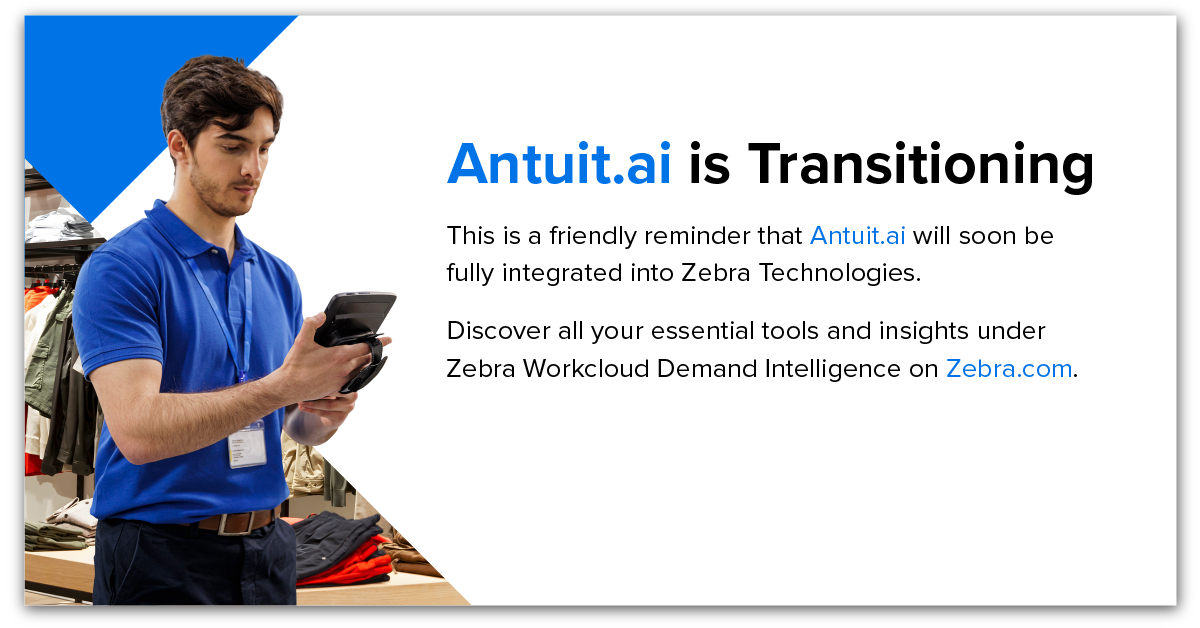Artificial intelligence and machine learning are fundamentally changing the consumer packaged goods and food and beverage industries. Though they’re adept to capture consumer and product data, these companies often struggle to obtain meaningful insights and improve their bottom line.
Learn how AI is reshaping the CPG industry and could be the solution to your data-related challenges.
Challenges the CPG industry faces today
Today’s consumers expect what they want, when they want it and for as little as possible. But enabling this is easier said than done as CPG companies have to monitor an array of factors and anticipate challenges that could affect supply and pricing:
- Raw materials and ingredient availability. Without the right ingredients processing plants simply can’t make in-demand products
- Equipment and machinery. Sometimes customer demand for particular goods skyrockets, and companies are unequipped to ramp up production and meet these increased needs
- Inventory management. CPG companies must anticipate the inventory required to meet customer demand. Needed inventory is not static, rather it depends on seasonality and general changes in customer trends
- Companies must understand their ROI for all marketing campaigns, which helps justify marketing spend and more importantly, pinpoints the campaigns and channels yielding the best results
How AI offers a solution to these challenges
AI and machine learning can remedy most of the challenges impeding the CPG industry today. At its core, AI sorts through massive amounts of data to glean insights and predict outcomes. Machine learning, one area of AI, learns from the data it’s given to improve its outputs.
Below are just some of the ways AI is helping CPG companies today:
Buyer Behavior
Some CPG companies are using AI to better understand buyer behavior. These tools segment customers and better understand consumer life cycles. They can group customers by the types of products bought, or points earned through loyalty programs.
But AI goes even further, it can understand the buying behaviors of individuals by taking social media data, purchase history and more, delivering the right ad at the right time. This increases the relevancy of your brand and helps reduce consumer’s perception of mindless advertising.
Customer Service
Despite some common misconceptions, AI can actually improve the customer experience. Today’s chatbots can interact with customers realistically and in real time to address their questions and concerns.
AI is also advancing superior customer service. South African company Knorr uses AI to recommend recipes to customers, based entirely on what they already have in their fridge!
Inventory Management
AI yields impressive results in inventory management, which is radically changing from the massive amounts of real time data now available. Companies need to redesign their supply chain processes and implement AI throughout inventory operations for time series prediction and reinforcement learning systems to make use of this data and stay competitive. User demand, supplier backorders, warehouse optimization, stock levels and more are being guided by machine learning and other complex AI systems.
Take for example one simple approach, Demand Prediction for Inventory Management. This time series prediction model can estimate what demand will be like in the coming days across all items in your inventory. What’s more, it can incorporate external data sources to further see their impact on demand. Some companies feed weather data into a model with inventory data and find causality between temperatures and part failure.
Procurement
AI affords substantial opportunities in procurement efficacy and efficiency thereby freeing these professionals to focus on higher-value work.
Automating routine tasks supports managing risk and it ensures compliance. Procurement teams using AI can delegate daily tasks like checking invoices against contracts, record keeping, transcription and digital assistance. Furthermore, AI can detect duplicate invoices, make sense of contracts that have undergone many revisions by various people, including interpreting hand written notes. It can integrate third-party data around supplier line-level invoices and card information. And once mastered, AI can generate predictive analytics to deepen your understanding of buyers’ behaviors.
AI uniquely adapts to the user and the system can be tailored to address a specific challenge. The tool then learns how to optimize those rules and offers outcomes that can be integrated seamlessly into existing systems to provide results in real-time.
Image-based AI and machine learning technologies can also improve procurement processes. For example, staff can send a product image to a company database and an AI program can identify the needed item, or one that’s equivalent.
AI improves operational efficiencies by as much as 50% and saves businesses millions of dollars because it uniquely enables buyers to complete tasks that were previously impossible for humans to accomplish efficiently.
Yes, AI is reshaping the CPG industry
These are just a few of the ways AI and machine learning offer a step change for the CPG industry.
Are you sitting on tons of purchase history, inventory data and marketing information, but don’t know how best to get started? Harness it now for the benefit of your organization through AI and machine learning!


